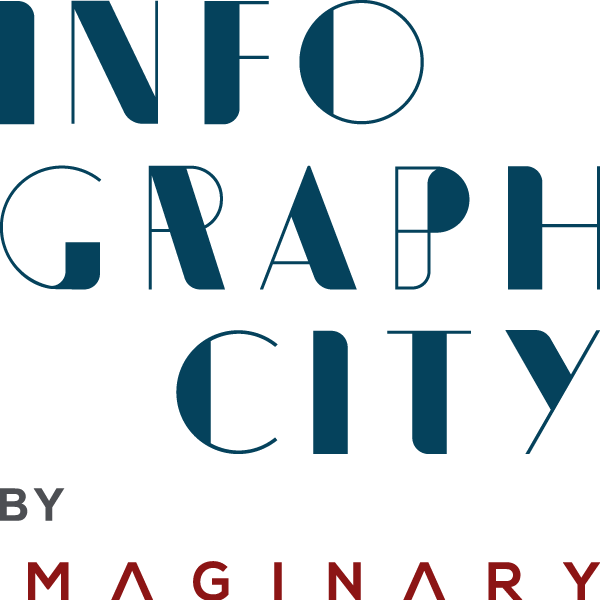Creating a presentation by definition necessitates having something to present. We have probably all sat through a supposed presentation that actually did not deliver either useful or factual information and instead was full of catchy buzzwords and meaningless statements going nowhere. Every presentation ought to strive to actually provide important and meaningful content and that means finding the right content. So what are some of the best methods and practices for finding the right content for your presentation?
Accurate Research
When looking for content it is important to use reputable sources. If you work for business then reputable sources can be places like the accounting office, the engineers, or other files that are readily accessible and available. Doing background research is an essential element of providing the factual part of your content. Facts alone are not meaningful, though. You could lay out an Excel spreadsheet as a part of your presentation and unless everybody in the room had their master’s degree in accounting, it would likely look like meaningless numbers to them even with a long and detailed explanation.
Accurate research also means double-checking your findings and not just hopping on a popular bandwagon. Groupthink can occur in situations where everybody just assumes something to be so and therefore they make business planning decisions or presentations based on that flawed assumption. Take the time to actually give a critical look at the business development, the figures (perhaps with the assistance of a finance department employee), and look at upcoming legal sessions, court cases, and potentially even bills in Congress, all of which may have an influence on the future of your proposal. Taking in this broader scope will assist you in producing not just highly accurate information for the moment but something that will also be more meaningful over time.

Motivation
The other pillar of content search is not just finding content for the sake of it but finding content that will motivate. Presentations ought to motivate people in a variety of ways such as motivating them to remember your presentation, take action upon what was presented, challenge them with a thought, or help lead them down to discover an idea. These are all critical aspects of finding the right content. Your content can be highly factual as well as highly boring. Motivational content is different as it is the kind of content that includes things like anecdotal stories which backup your factual information mentioned earlier or things like references to other established works, products, businesses, or a demonstration of how the information you are presenting will ultimately be useful and in what context.
Presentations which are not remembered, are boring, or do not motivate are presentations which will not have achieved their purpose in seeing people do something with the knowledge they have been given. So if you can learn to look up accurate and fact-based information as well as design your presentation in such a way that it motivates individuals to act upon what you have told them then you have found the right content.



